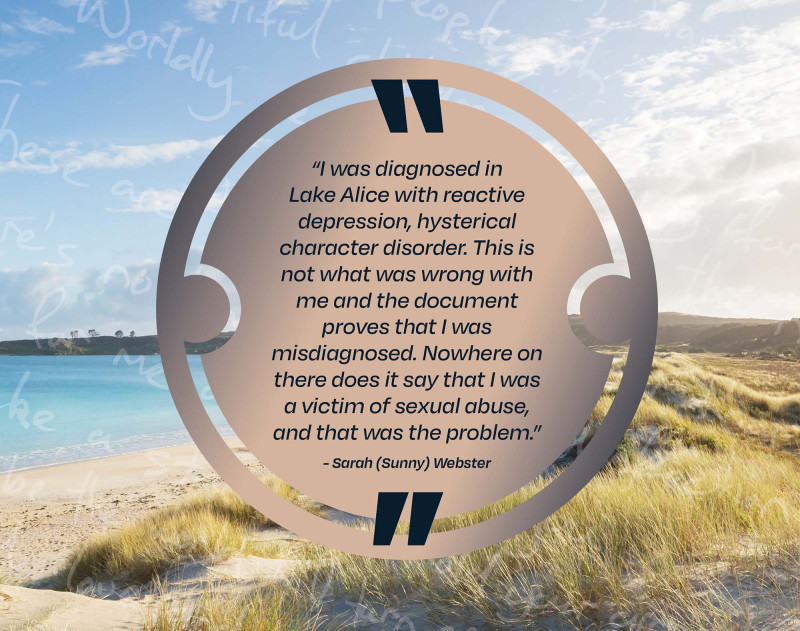1.1.4 Background to the development of psychiatric care in Aotearoa New Zealand Te takenga o te whakawhanaketanga o ngā taurimatanga mate hinengaro mō te tamariki I Aotearoa
30. In the 1950s, anxieties heightened about a perceived increase in ‘juvenile delinquency’.[47] In 1954, the Special Committee on Moral Delinquency in Children and Adolescents recommended broadening the Child Welfare Act 1925 so authorities could undertake ‘preventive work’.[48] The extension of the definition of delinquency in the subsequent Child Welfare Amendment Act 1954 was to have far-reaching consequences. In combination with a tougher approach to welfare and policing, it markedly pushed up the number of children and young people appearing before the courts. Tamariki Māori and rangatahi Māori, in particular, appeared in large numbers. From the courts, it was a short step to State residential care institutions and then on to psychiatric care institutions.[49]
31. Child psychiatry emerged as a distinct sub-branch of psychiatry after the second World War. In 1959, senior lecturer in psychiatry, Dr Wallace Ironside, wrote that child psychiatry was “an almost unknown specialty” in New Zealand.[50] The uptake of this new specialty by local psychiatrists was slow. No training in child psychiatry was available in Aotearoa New Zealand until 1969 when the University of Otago introduced a Diploma in Child Psychiatry for medical graduates.[51] Dr Selwyn Leeks was the first doctor to graduate with the diploma from the University of Otago in 1972.[52]
32. In the 1960s, there was a high demand for mental health services for adolescents but very few child psychiatrists. In 1972, it was estimated, based on population, that Aotearoa New Zealand needed at least 60 child psychiatrists to meet local need. Just six were available.[53]
33. When the Lake Alice child and adolescent unit was set up, only two specialist inpatient psychiatric services catered for children or young people in the country. Cherry Farm Hospital in Dunedin from 1969 until the mid-1970s,[54] and Sunnyside Hospital in Christchurch opened an adolescent unit in the early 1970s.[55] By 1975, two more child and adolescent units were in operation at Porirua Psychiatric Hospital in Wellington and Kingseat Hospital in Auckland.[56]
34. In the absence of a national plan, child and adolescent psychiatric services developed haphazardly. Department of Social Welfare child psychiatrist, Dr Alan Frazer, wrote a report for the Department of Health in 1975, in which he said hospital boards, in many areas, did not provide adequate child psychiatric facilities and did not understand the concept of a child psychiatric service. With specialist facilities few and far between, children and young people who had suspected or confirmed psychiatric conditions and could not live at home with their families, often ended up in the adult wards of psychiatric hospitals.[57]
35. Mental health data from the time suggests admissions of children and young people accounted for a small but steady minority of admissions to State psychiatric and psychopaedic hospitals from the 1950s to the 1970s. During that period, many of the children and young people entering psychiatric inpatient care did so through one of a series of specialist outpatient clinics operated, or run by, the Department of Health. These child health clinics were set up in 1951 to offer a broad variety of paediatric medical services to primary school–aged children. By the end of their first decade, however, their focus had narrowed to children with behavioural or emotional difficulties.[58] The Department’s annual report for 1960 said the clinics were primarily for “emotionally disturbed and psychologically maladjusted children”. It went on to note the clinics’ child medical officers were dealing less with physical defects and more with “defects in the social attitudes and behaviour … such as petty thieving, [bedwetting], [truancy] and other anti-social conduct, as well as allergy and suspected mental defects”.[59]


